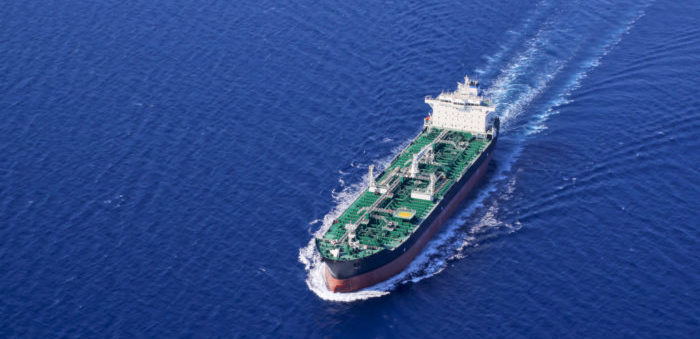IEA published its annual long-term energy outlook, describing the developments in oil demand and supply through to 2040. In the New Policies Scenario, the agency considers not only the current policies but also ambitions, including those set out in Paris agreement, along with possible evolution of current technologies.
According to Gibson Shipbrokers, in this scenario oil demand is expected to increase by 1 million b/d per year to 2025. The increase in global demand will derive from developing economies, largely Asia and the Middle East, while China will surpass US as the largest oil consumer. Strong increases are also reported in India and the Middle East.
[smlsubform prepend=”GET THE SAFETY4SEA IN YOUR INBOX!” showname=false emailtxt=”” emailholder=”Enter your email address” showsubmit=true submittxt=”Submit” jsthanks=false thankyou=”Thank you for subscribing to our mailing list”]
Regarding supply, production in North America will increase significantly to 2025 and then plateau around 2030. As a result, output is expected to decrease, with a bigger decline expected in regional oil demand. In Central and South America oil supply will increase throughout the forecast period, with strong increases in net exports between 2025 and 2040.
As for the refining sector, IEA expects about 17 million b/d of new refining capacity to start operations, almost entirely in Asia Pacific and the Middle East. From the product tanker market perspective, the closure of inefficient and aging refineries in the West indicated the potential for rising regional product imbalances and increasing product tanker demand.
Finally, IEA’s base case outlook remains positive for tankers, especially for larger units. Oil demand is not expected to peak until 2040, although a notable deceleration in growth rates in the very long term reduces the ability to quickly absorb excess tanker capacity.
Gibson also reminded shipowners that they should be mindful of the IMO targets to reduce greenhouse emissions by at least 50% by 2050.
There is clearly a growing possibility that further regulations will be forthcoming, with potential major consequences for the global shipping fleet






























































